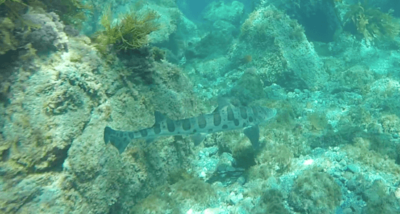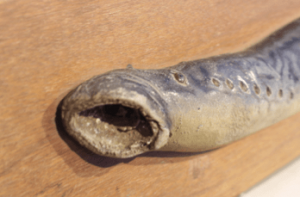
There are plenty of fish in the sea. Seriously, there are. There are over 30,000 different species of fish around the world and they all have similarities and differences that have been documented through careful study over time. The study of fish is called ichthyology and people have been practicing ichthyology for millennia. The earliest form of fish study was learning the most efficient way to catch them. Learning how they bred and where their breeding grounds were was invaluable information.
 Nowadays we know more about fish than ancient peoples could have imagined. We have learned that some of the biggest fish in the ocean begin their lives as microscopic plankton. Some fish journey for thousands of miles to breed at the same breeding grounds they were born at but had never returned to since. Some fish change from male to female and vice versa. The list could go way on.
Nowadays we know more about fish than ancient peoples could have imagined. We have learned that some of the biggest fish in the ocean begin their lives as microscopic plankton. Some fish journey for thousands of miles to breed at the same breeding grounds they were born at but had never returned to since. Some fish change from male to female and vice versa. The list could go way on.
When it comes to specifying fish there are three basic categories to place them in. the categories are Osteichthyes, Chondrichthyes, and Agnatha.
The class Osteichthyes is contains what most would consider the classic type of fish. These fish have skeletons that are made out of calcified bones, they have fused jaws, contain a swim bladder, and an operculum that covers their gills. The majority of the 30,000+ Species of fish belong to this class.

The second class of fish is Chondrichthyes. This class of fish is defined by their cartilaginous skeletons. The most recognizable members of this class are sharks but rays and skates are also members as well as other cartilaginous fish.

The last class is Agnatha. This bizarre class of fish is defined not by what it has but rather what it doesn’t. The Agnathans lack jaws and only have two living members, the lampreys and hagfish.

The study of fish is becoming more important every day with the growing human population. The increase in human population increases pressure on fish populations primarily the ones that are hunted for food. By fully understanding every aspect of a fish we can help insure that fish populations and Species will survive and potentially the human race as well.


